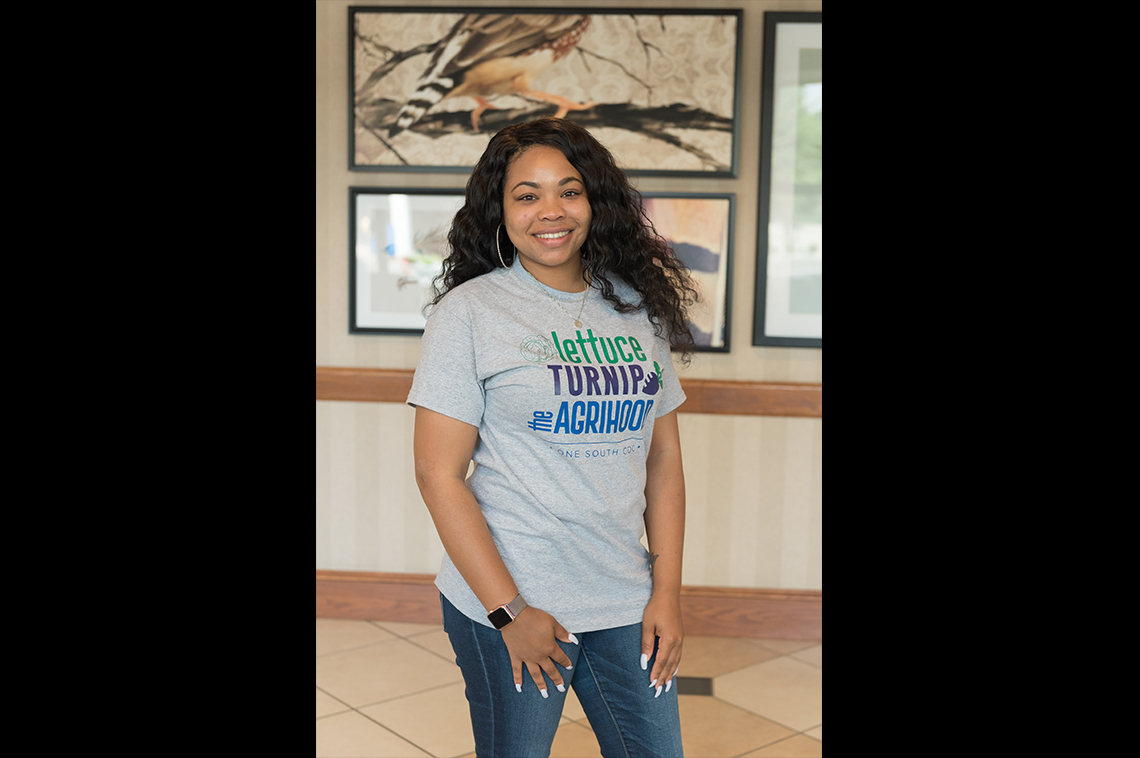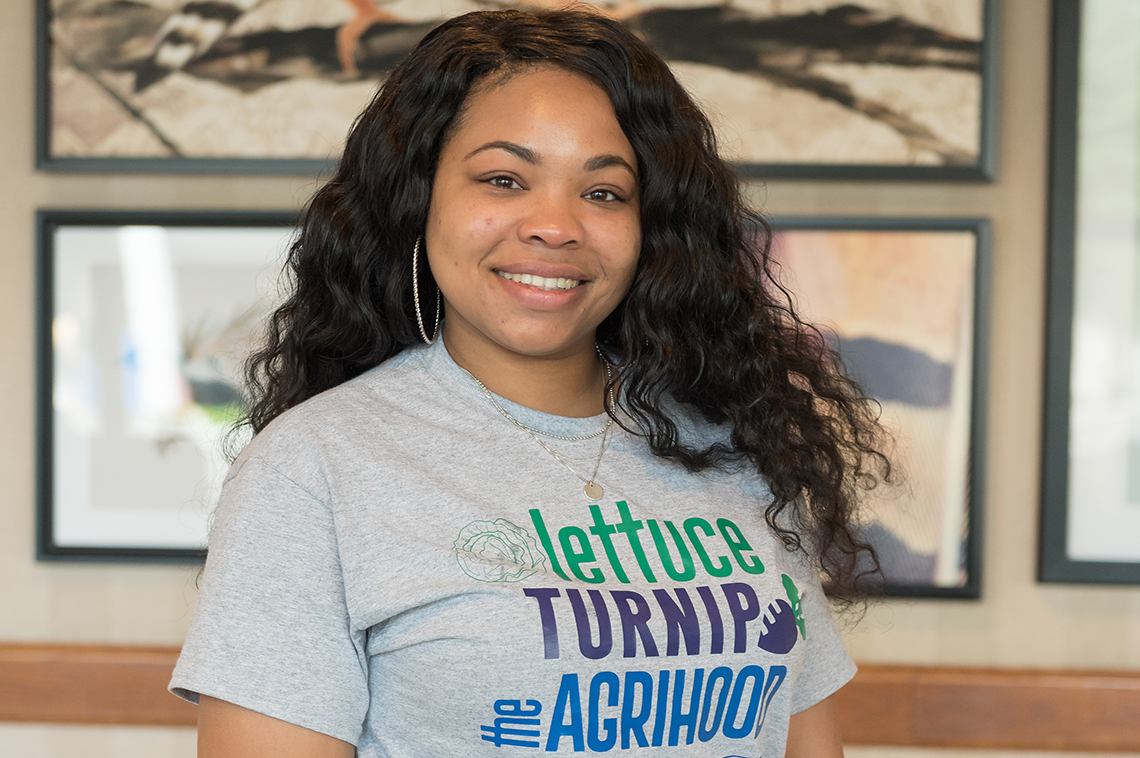

Our Humans of ArtPlace series takes its cue from the famed Humans of New York project. This month, as our blog tells stories of “the people behind creative placemaking,” we asked the driving forces behind three ingenious ArtPlace-funded projects to give us some personal insights on work, life, art, and place.
Also this week, we're celebrating International Women's Day (March 8) with stories about powerful female creative placemakers!
Lywante Bonner, a fourth grade language arts and social studies teacher, grew up in the South Macon area of Georgia, and still lives close by. When she’s not staying late to tutor students after class, she’s helping her childhood friend Danny Glover and the One South Community Development Corporation to plan events and fundraise as they develop their state’s first agrihood in South Macon. The project is transforming vacant lots and blighted property into productive agricultural land that neighbors can cultivate and enjoy.
ArtPlace: In this local news interview in May, you’re quoted as saying you don’t want South Macon to become a forgotten place. What is it about the neighborhood that makes you want to stay there—to “take nothing and turn it into something”? What makes this place worth the work required for its community to “feel whole again”?
Lywante: One thing I notice about the agrihood area and other parts of South Macon is that they are almost totally abandoned. You have a lot of the older homeowners who continue to maintain their homes, but around that is a lot of blight. As cities grow, they tend toward one area, and you see some of the other neighborhoods get abandoned. Our closest grocery store was just closed this year; now we have to drive 10 or 15 minutes just to get to one. We don’t want our seniors and disabled neighbors not to be able to get the nourishment they need—but also, we want them to be able to enjoy their neighborhood. We want to work to help make these neighborhoods thrive again, instead of eventually being torn down.
ArtPlace: I love the mural project One South CDC organized to celebrate some of South Macon’s notable neighbors and what they loved about their community. What have some of your takeaways been from that project?
Lywante: For one thing, everyone who sees those portraits wants one now! That lets me know that they want their stories told.
We started with the people who really stood out: who had already built community gardens and done a lot of work. But then we got interest from so many other people who may not have done things like that, but still have so much pride in this place.
We have our artist Wylde Latimore, who’s been involved in the ArtPlace project. She does spoken word and storytelling; she has a big network in the community. She works with other local artists, like Loganic, who did the portraits. He’s from South Macon. We’ve also worked with them to do a mural on 2nd Street, and on our “Beauty and the Blight” project. That’s when we choose an abandoned home, board it up, and do an art project on the plywood with folks from neighborhood groups, colleges, 4-H, high schools, church groups, or summer camps. We clean up the yard, we cut the grass. It really gives the neighborhood something beautiful to look at, instead of those blighted homes.
People love it. It has attracted a lot of traffic to the area; it gets people wanting to know more about the agrihood project. And now, everyone wants a portrait!
ArtPlace: What aspect of building the Agrihood do you find most difficult? What’s most exhilarating?
Lywante: The most joyful part is seeing our hard work being noticed. And just the neighborhood give-back when we’re able to give people something they want and need. That’s the most exhilarating for me.
The biggest challenge is the process of acquiring the parcel so we can actually start building the farm house and get gardening. Right now, we have to acquire the land from the land bank, and that’s been the biggest hurdle. We have the request in and I know Danny can speak more to that, but hopefully it’ll happen in the next few months.
The main thing is that we’re keeping ourselves and our name out there. That’s why we have so many other projects going on: so the community can see that we’re still here; we’re not going to stop. We’ve even reached out to a school across the street from the agrihood to help them with their garden in the meantime.
As far as challenges go, my advice is to make sure there is a plan in place—because the hiccups will come. Keep the project relevant and going, and make sure it keeps being about the community. One thing we’ve really tried to stress is that we’ve consulted with our neighbors and asked what they’d like to see. Make sure that when you start a project like this that you are doing it for the right reasons and it really is about the community.
***
Watch local news coverage of the agrihood in development:
- “South Macon Non Profit to Convert Blight into Georgia’s First ‘agrihood’”





